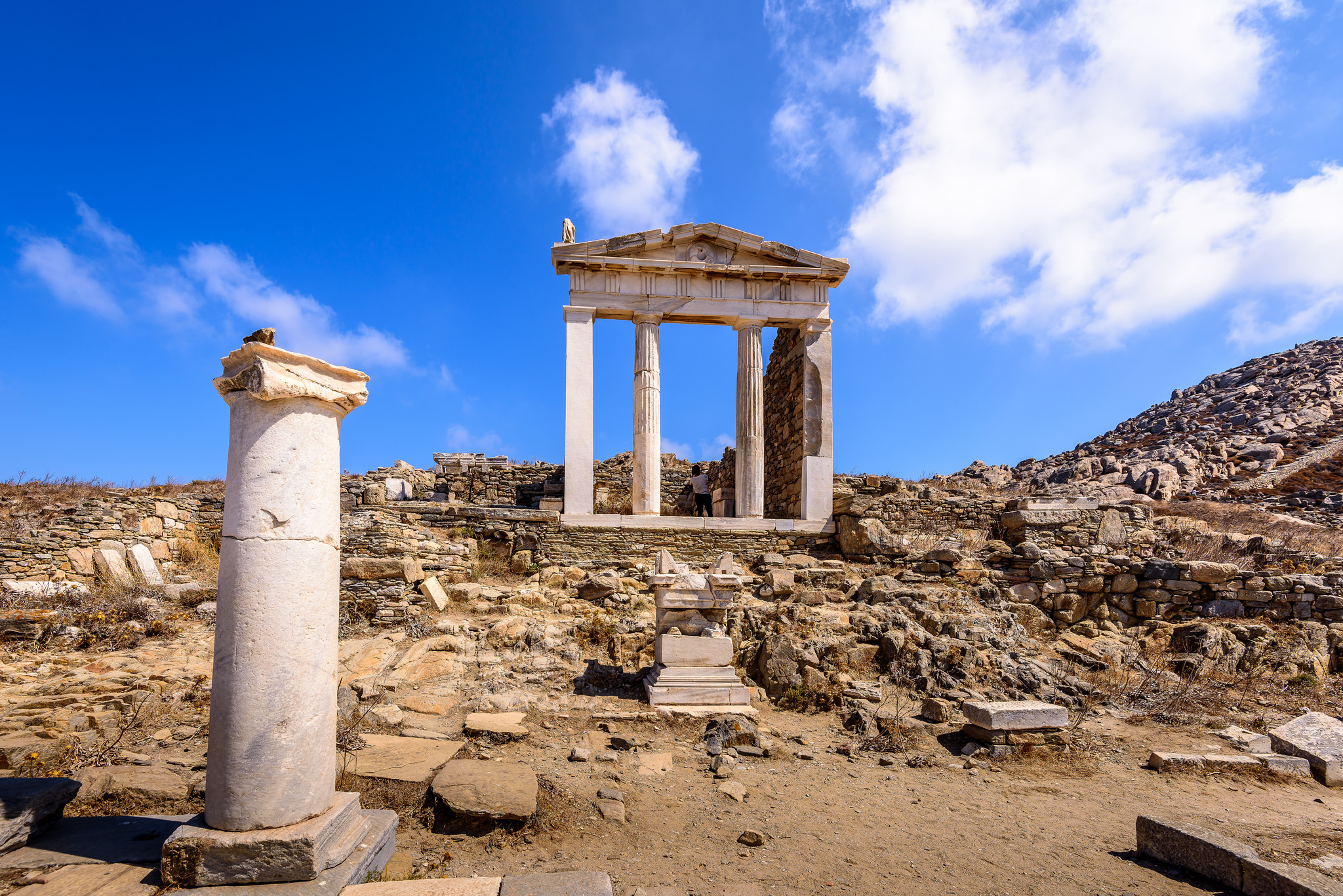It would seem redundant to point out that Greece has a long and illustrious history. And in reality it would. The city state of Athens itself boasts over 5,000 years of continuous existence, certainly the oldest city in Europe by a country mile. But, do we know everything there is to know about Greece? The 2004 Olympics yielded the biggest treasure trove of artefacts ever to be unearthed in Greece in one sitting. With significant funding, that is. However, in recent years, digs in several locations across Greece have revealed an astonishing amount of new information.
For instance, in Crete, the narrative about the Minoan civilization changed after archaeologists found a number of new settlements and palaces (including the newest find in Phaistos, Zakros and Malia) that suggest that the Thera volcano explosion did not in fact end their culture. In 2018 a farmer in Ierapetra literally stumbled upon a Minoan age grave with the tomb still intact. And if you thought Crete was done with surprises then think again. The Asphendu cave in Crete has petroglyphs that date to the last Ice Age. That’s right. The earliest Greek Art is more than 11,000 years old.
Only just recently, archaeologists found the ancient city of Tenea in the Peloponnese. This mythical settlement was noted by Plato as a town that was created by the refugees of the Trojan War.
One of the most impressive discoveries of the last couple years has to be the cone shaped partly man made hill on the island of Keros. 4,000 years ago you would’ve struggled to believe that people had indoor plumbing, yet the evidence here suggests just that. This carved pyramid was accessed in 2018 to reveal a surprisingly sophisticated drainage/plumbing system a full millennium before the first recorded one.
And this is where the plot thickens. The underwater excavations at several sites across Greece, are starting to bear fruit. Massive fruit at that.
In Delos the ongoing work there is yielding more evidence that supports the thesis that Delos was in fact a strong maritime trading route that supported a large population. The remains of structures, old shipwrecks and breakwater near the shore indicate as much after 2 meters of water covered it along the ages.
Similarly, in present day Corinth, the ancient city of Lechaion, once a bustling Roman city built under Julius Caesar himself, was excavated and numerous finding came to light. Namely that wood is much sturdier than previously thought.
But the real kicker comes from the isle of Salamis. Some scholars have debated that were it not for this historic battle, western civilization never would’ve flourished. Take from that what you will, but the fact that archaeologists have managed to locate with pinpoint accuracy the exact location of the naval battle along with the naval bases adjacent as well as hordes of other finds should be enough to get anyone excited. Needless to say, we owe Leonidas a big one for that.
For archaeology buffs and for people with an interest in all things ancient, these last few finds present a primo opportunity to explore and shore up your knowledge of Greek history. And let’s face it. It’s not as if you’re lacking a good excuse to visit Greece. All you need is that inner prodding.




